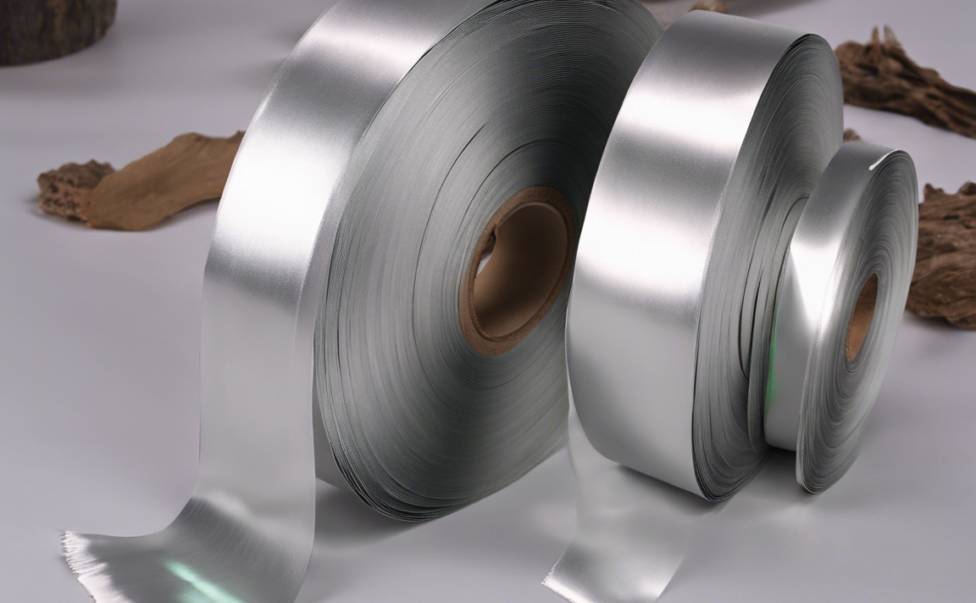Importance of Cleaning Magnesium Ribbon Before Burning
Magnesium ribbon is a slender strip of elemental magnesium that is commonly used in chemistry experiments, particularly in educational settings, to demonstrate the process of burning magnesium in air. When ignited, magnesium ribbon burns with a brilliant white flame, producing intense light and heat. However, before burning magnesium ribbon, it is crucial to clean it properly to ensure a successful and safe reaction.
Why is Cleaning Magnesium Ribbon Important?
1. Removal of Oxide Layer:
Magnesium has a tendency to oxidize upon exposure to air, forming a thin layer of magnesium oxide on its surface. This oxide layer can hinder the ignition and combustion of magnesium ribbon, leading to an incomplete reaction or difficulty in lighting the ribbon.
2. Enhanced Reactivity:
By cleaning the magnesium ribbon, you are effectively removing the oxidized layer, exposing fresh, clean magnesium metal underneath. This enhances the reactivity of the magnesium, ensuring a more vigorous and complete combustion when ignited.
3. Safety Concerns:
Uncleaned magnesium ribbon may contain impurities or contaminants that could potentially adversely affect the burning process. These impurities may lead to unpredictable reactions, emission of harmful fumes, or even pose a safety hazard.
How to Clean Magnesium Ribbon?
- Sandpaper Method:
- Gently rub the surface of the magnesium ribbon using fine-grit sandpaper.
-
Continue rubbing until the shiny, metallic appearance is restored, indicating the removal of the oxide layer.
-
Cleaning with Hydrochloric Acid:
- Submerge the magnesium ribbon in a dilute solution of hydrochloric acid.
-
Allow it to soak for a few minutes, then rinse thoroughly with water and dry before use.
-
Flame Cleaning:
- Pass the magnesium ribbon through a flame before use to burn off any surface impurities or oxides.
- Ensure that the ribbon does not catch fire but instead glows red briefly.
Precautions While Cleaning Magnesium Ribbon:
- Wear gloves and eye protection to prevent direct contact with the magnesium and any splashes of cleaning solutions.
- Work in a well-ventilated area to prevent inhalation of any fumes that may be produced during the cleaning process.
- Handle the magnesium ribbon carefully to avoid any accidental cuts or injuries from its sharp edges.
Frequently Asked Questions (FAQs) About Cleaning Magnesium Ribbon:
1. Why is it necessary to clean magnesium ribbon before burning it?
Cleaning the magnesium ribbon removes the oxide layer that forms on its surface, ensuring a more efficient and predictable combustion reaction.
2. Can I use water to clean magnesium ribbon?
Water should be avoided when cleaning magnesium ribbon as it can react with the metal, potentially producing flammable hydrogen gas. It is safer to use methods like sandpaper or acid solutions for cleaning.
3. How do I know if the magnesium ribbon is clean enough?
A clean magnesium ribbon will have a shiny, metallic appearance without any dull or discolored patches. It should look smooth and free of any visible impurities.
4. Is it safe to burn uncleaned magnesium ribbon?
Burning uncleaned magnesium ribbon can lead to incomplete combustion, unpredictable reactions, or the release of harmful fumes. It is highly recommended to clean the ribbon before use to ensure safety and efficacy.
5. Can I reuse cleaned magnesium ribbon?
Yes, cleaned magnesium ribbon can be reused for multiple experiments as long as it remains clean and unoxidized. Store it in a dry and airtight container to prevent recontamination.
In conclusion, cleaning magnesium ribbon before burning is a crucial step to ensure a successful and safe experiment. By removing the oxide layer and any impurities, you can enhance the reactivity of the magnesium, leading to a bright, intense combustion reaction. Remember to follow proper cleaning techniques and safety precautions to enjoy the fascinating chemistry of burning magnesium ribbon.

